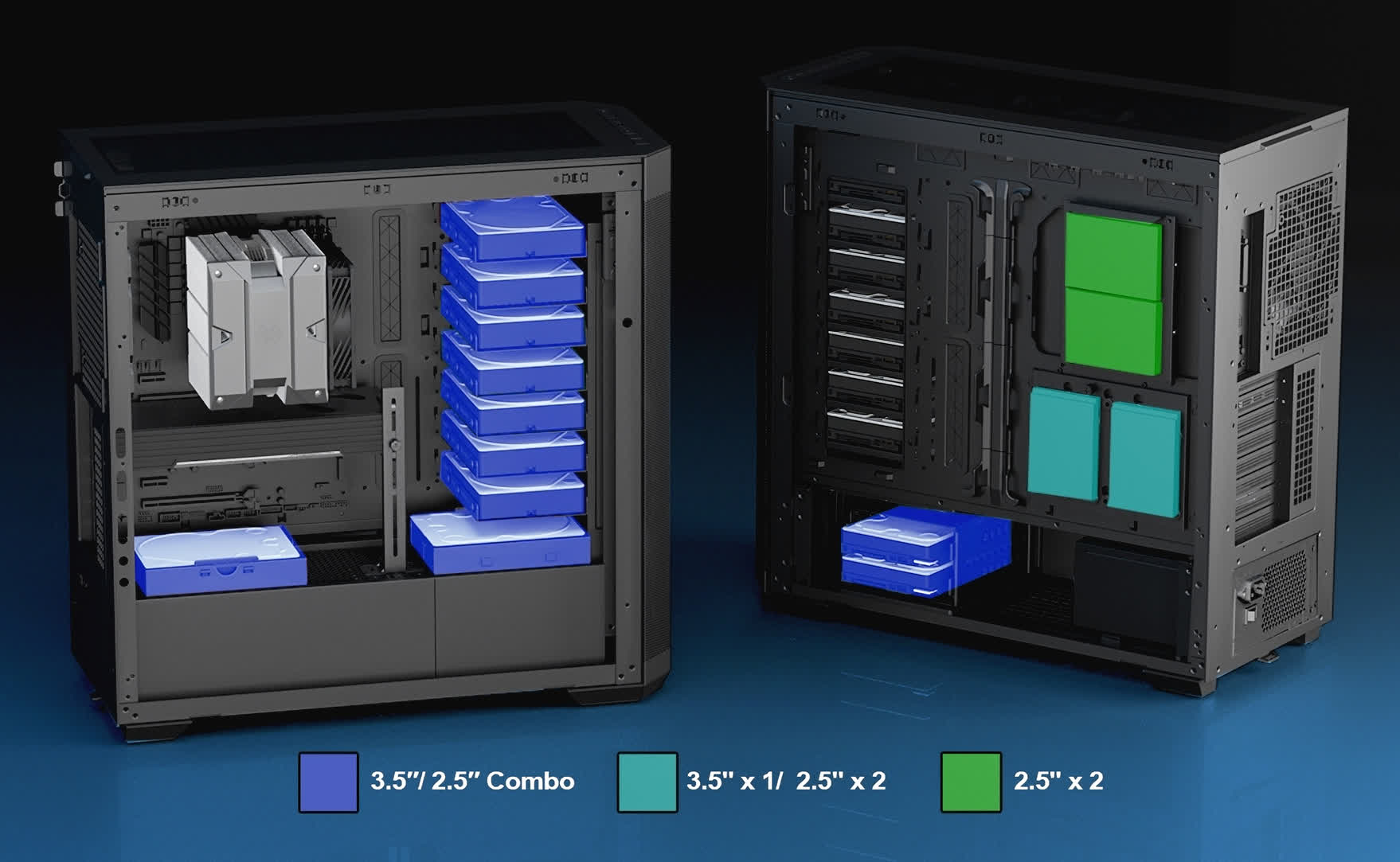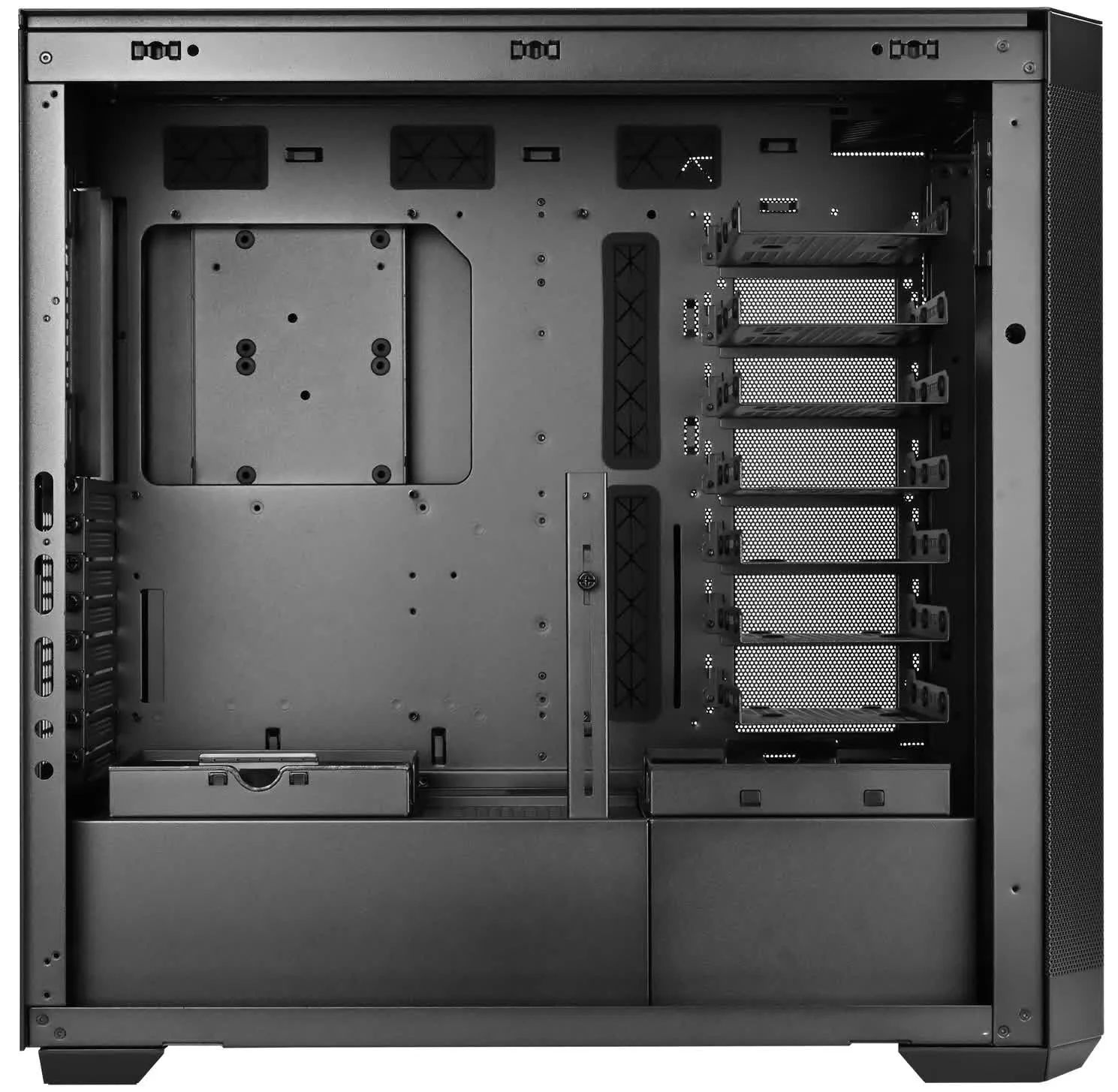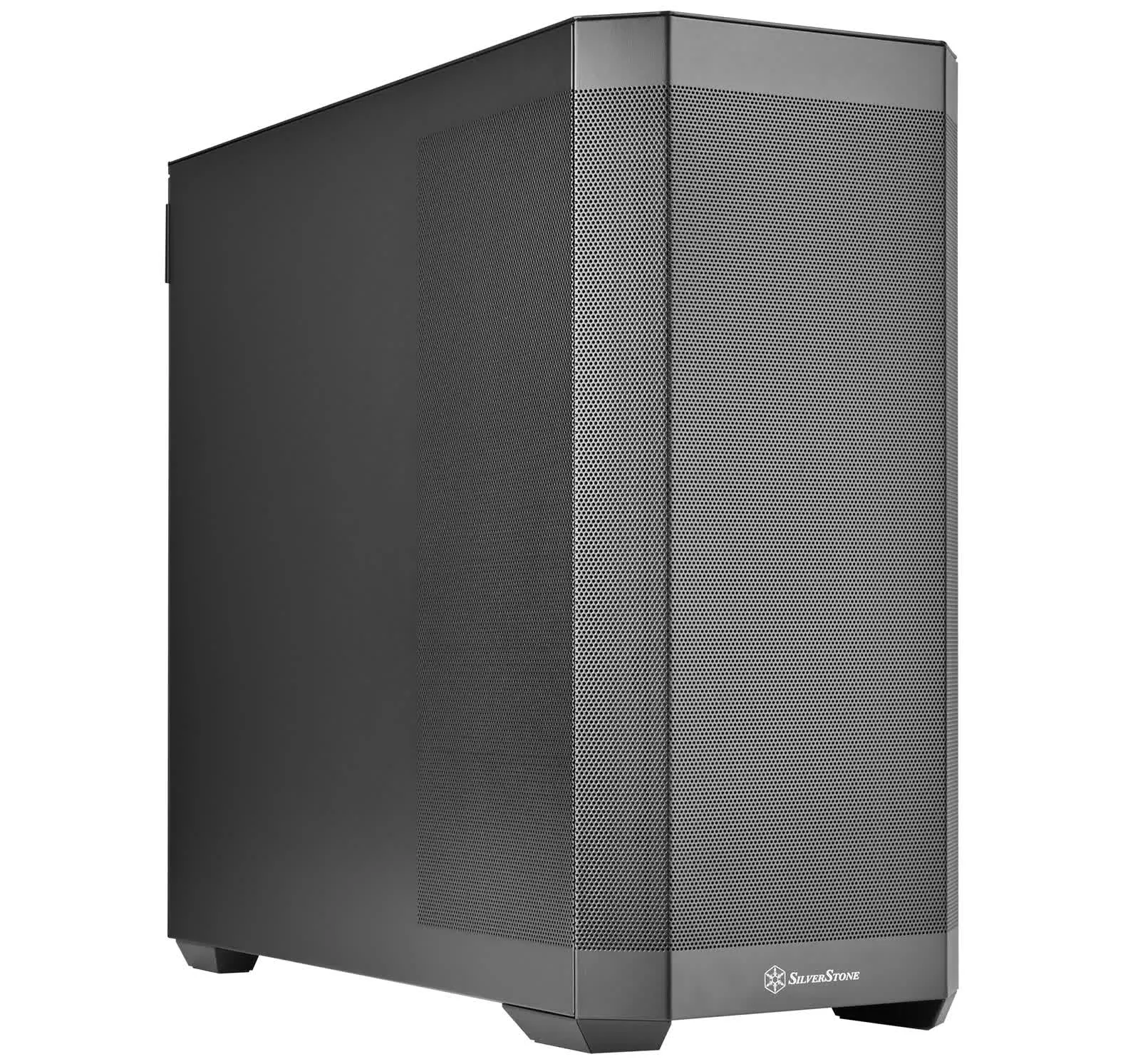In brief: Data remains king, and SilverStone's latest workstation-class chassis has the potential to hold an awful lot of it. The SilverStone Seta H2 supports most standard board sizes up through SSI-EEB with room for up to eight expansion cards and GPUs up to 428.9 mm in length (when using 25mm thick front fans). There's also plenty of space for air and liquid cooling setups including CPU coolers up to 188mm in height and multiple radiators.
The case accepts a standard ATX power supply measuring up to 220mm in length, but storage capacity is the major selling point here.
SilverStone's latest can accommodate up to 15 2.5-inch SSDs / 3.5-inch HDDs in varying configurations, including 15mm thick solid-state drives. With 24 TB HDDs and a deep enough wallet, it is possible to build a workstation with north of 300 TB of local storage space.
The SilverStone Seta H2, model SST-SEH2-B, measures 244.9mm (W) x 528.3mm (H) x 543.2mm (D) and is constructed primarily of steel. It weighs 15.2 kg empty and will be far heavier when loaded with drives. It is certainly not the sort of case you want to haul around to LAN parties and the like.
Aesthetically speaking, the case is classic SilverStone – that is, subtle and timeless. It's offered in a single color – black – and has a small array of front I/O ports including a USB Type-C port, two USB 3.0 ports, and a combo audio jack. Perforated mesh panels, cable management covers, and dust filters all come standard. It lacks the panoramic windows and flashy LED lighting that most modern cases obsess over, and instead relies on a utilitarian look and feel. As they say, what's old is new again, right?
The SilverStone Seta H2 is available now and is priced at $209.99 over on Amazon. SilverStone also has the Seta H2M should you require something a bit more compact. It accommodates up to eight total 2.5-inch SSDs and will only set you back $119.99.
SilverStone's Seta H2 is a monster PC case with room for 15 drives


